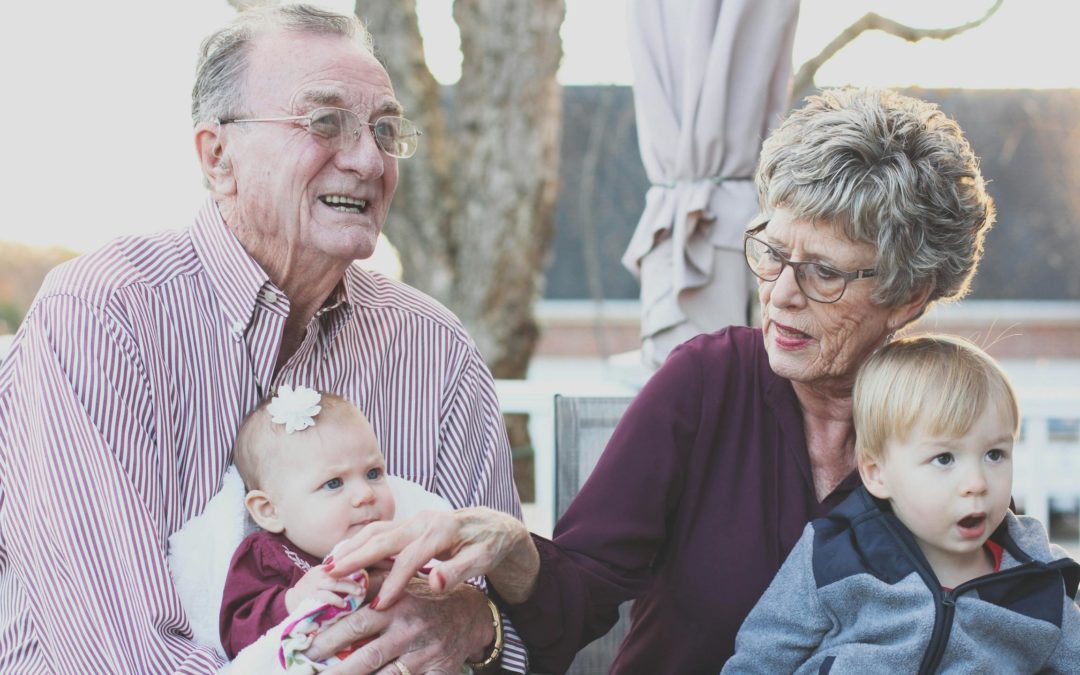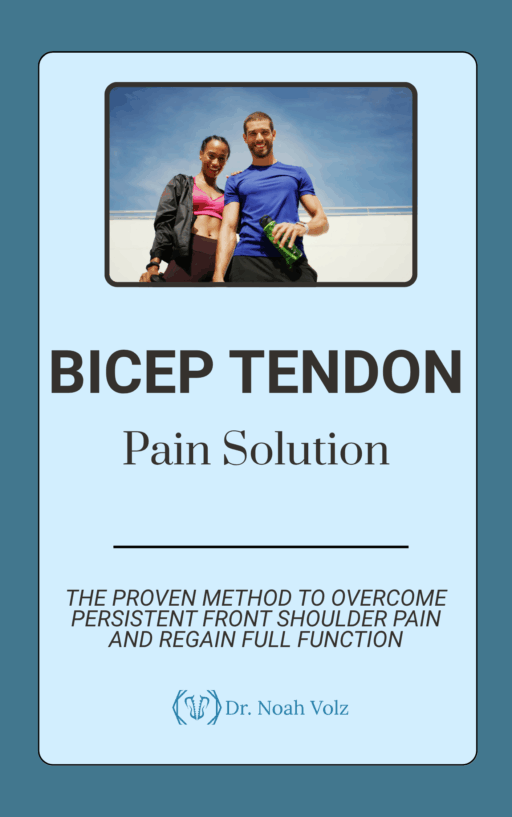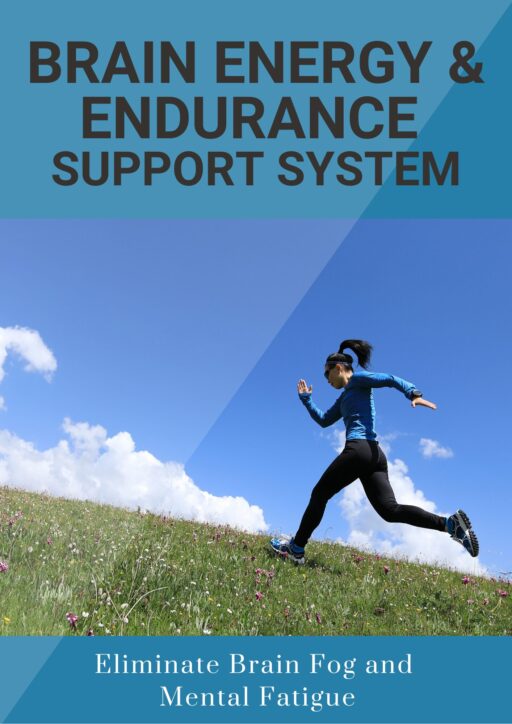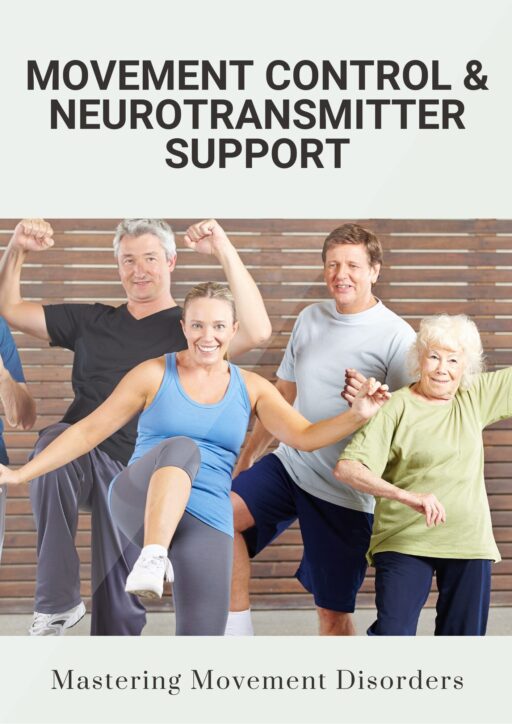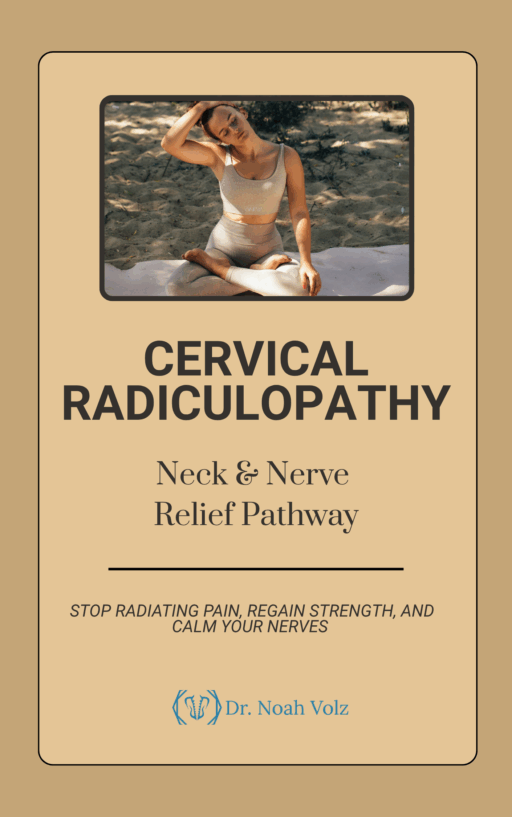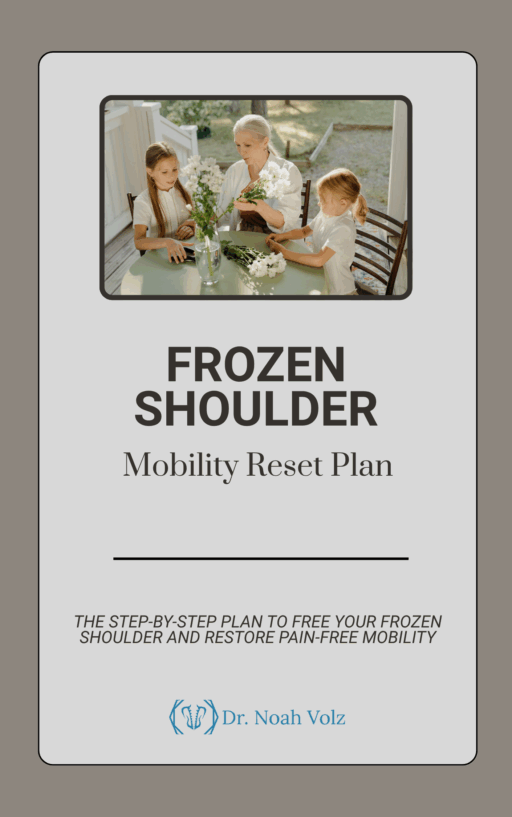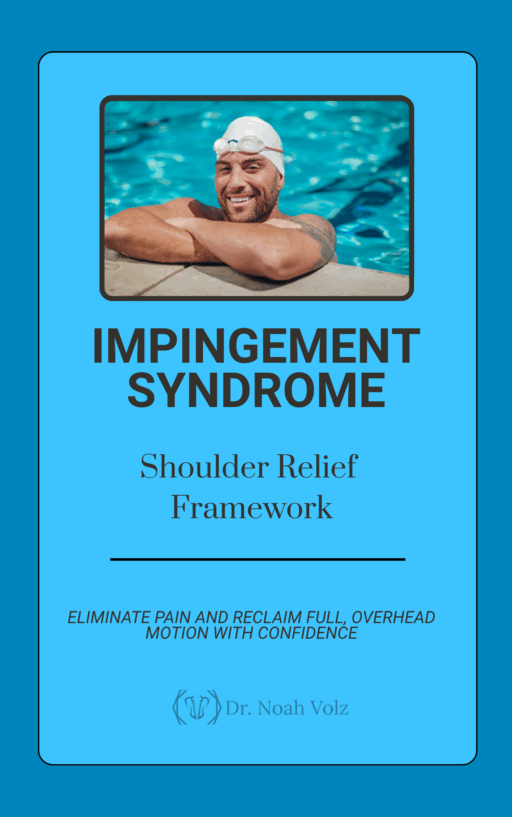Have you ever heard the term “lumbar spondylosis” and wondered what it means? If you’re over 40 and have dealt with low back pain, there’s a good chance this condition may be affecting you. Lumbar spondylosis is a fancy medical term for the natural wear and tear that happens in your spine as you age. It’s incredibly common, but that doesn’t make it any less painful or frustrating to deal with.
At our chiropractic clinic in Ashland, OR, Dr. Volz and our team have helped countless patients manage the symptoms of lumbar spondylosis and maintain an active, healthy lifestyle. We understand how back pain can impact every aspect of your life, and we’re here to provide the guidance and care you need to feel your best.
In this blog post, we’ll break down what lumbar spondylosis is, what causes it, and what you can do to prevent and treat its symptoms.
What Is Lumbar Spondylosis?
Lumbar spondylosis is a broad term that describes the degenerative changes that happen in your lower spine over time. It can involve the discs that cushion your vertebrae, the vertebral bones themselves, and the facet joints that allow your spine to bend and twist.
Some of the specific changes that can happen with lumbar spondylosis include:
– Disc degeneration: The discs in your spine naturally lose water content and become thinner and less pliable with age. This can lead to bulging or herniated discs that press on nearby nerves.
– Bone spurs: As your discs and joints wear down, your body may try to compensate by growing extra bits of bone called osteophytes or bone spurs. While this is an attempt to stabilize your spine, bone spurs can actually cause pain and stiffness.
– Facet joint arthritis: The facet joints in your spine can develop osteoarthritis, leading to inflammation, pain, and loss of mobility. This is most common at the L4-L5 level, but can happen anywhere in the lower spine.
All of these changes are a normal part of the aging process, but they don’t happen at the same rate or to the same degree in everyone. Some people may have significant degeneration on imaging tests but feel little to no pain, while others may have debilitating symptoms with only mild changes.
What Causes Lumbar Spondylosis?
The biggest risk factor for developing lumbar spondylosis is simply getting older. Studies have found evidence of spinal degeneration in up to 10% of 20-year-olds and 80% of people over 40. By age 60, it’s almost universal.
But age isn’t the only factor at play. Other things that can contribute to spinal wear and tear include:
– Genetics: Studies have found that up to half of your risk for spinal osteoarthritis may be determined by your genes.
– Obesity: Carrying extra weight puts more stress on your spine and can speed up the degenerative process.
– Smoking: Cigarette smoking is associated with increased rates of disc degeneration and chronic back pain.
– Occupation: Jobs that involve heavy lifting, repetitive bending or twisting, or prolonged sitting (especially while driving) can take a toll on your spine over time.
– Posture: Poor posture habits like slouching or hunching over can alter the normal curves of your spine and lead to uneven wear and tear.
While you can’t change your age or genes, making healthy lifestyle choices and being mindful of your posture and body mechanics can go a long way in preventing or slowing down spinal degeneration.
What Are the Symptoms of Lumbar Spondylosis?
The symptoms of lumbar spondylosis can vary widely from person to person, and they don’t always correlate with the degree of degeneration seen on imaging tests. Some common signs and symptoms include:
– Low back pain that may be dull, achy, or sharp
– Stiffness and loss of flexibility in the lower back, especially in the morning or after sitting for a long time
– Pain that radiates into the buttocks, hips, or backs of the thighs
– Pain that gets worse with prolonged standing, walking, or bending backward
– Pain that improves with sitting, changing positions frequently, or leaning forward
– Muscle spasms or tenderness in the lower back
– Numbness, tingling, or weakness in one or both legs if the nerves are compressed
In more severe cases, lumbar spondylosis can lead to a condition called spinal stenosis, where the spaces in your spine become narrowed and put pressure on the nerves. This can cause additional symptoms like difficulty walking, loss of bladder or bowel control, and severe leg pain or weakness. If you experience any of these symptoms, it’s important to see a healthcare provider right away.
How Is Lumbar Spondylosis Diagnosed?
If you’re experiencing low back pain or other symptoms of lumbar spondylosis, the first step is to get an accurate diagnosis. At our chiropractic clinic, Dr. Volz will start by asking about your medical history, symptoms, and activities that make your pain better or worse. He’ll then perform a thorough physical exam to check your posture, range of motion, muscle strength and reflexes, and nerve function.
Imaging tests like X-rays or MRIs may be ordered to get a better look at the structures of your spine and rule out other potential causes of your pain. However, it’s important to remember that imaging findings don’t always correlate with symptoms. Many people have evidence of spinal degeneration on X-rays or MRIs but feel little to no pain, while others may have severe pain with only mild changes.
How Is Lumbar Spondylosis Treated?
The good news is that most cases of lumbar spondylosis can be managed effectively with conservative, non-surgical treatments. The goals of treatment are to relieve pain, improve function, and prevent the condition from getting worse over time.
At our clinic, Dr. Volz uses a variety of techniques to help patients with lumbar spondylosis, including:
1. Chiropractic adjustments: Gentle, targeted adjustments can help restore normal motion and alignment to the spine, relieve pressure on the nerves, and reduce pain and inflammation.
2. Soft tissue therapy: Techniques like massage, trigger point therapy, and instrument-assisted soft tissue mobilization (IASTM) can help relax tight muscles, break up scar tissue, and improve blood flow to the area.
3. Exercise and rehabilitation: Specific stretches and exercises can help improve flexibility, strength, and stability in the lower back and core muscles. This may include exercises like cat-camel, bird-dog, and bridges.
4. Lifestyle advice: Simple changes like maintaining good posture, using proper body mechanics when lifting, and taking frequent breaks from sitting can help reduce stress on the spine and prevent symptoms from getting worse.
5. Modalities: Tools like ultrasound, electrical stimulation, or traction may be used to help control pain and promote healing.
In some cases, additional treatments like medications, injections, or surgery may be recommended if conservative care isn’t enough to manage symptoms. However, this is usually a last resort after several months of failed conservative treatment.
The most important thing is to work with a healthcare provider who understands lumbar spondylosis and can create a personalized treatment plan based on your unique needs and goals. With the right combination of self-care and professional guidance, most people with lumbar spondylosis can find lasting relief and maintain an active, healthy lifestyle.
If you’re in the Ashland, OR area and are struggling with low back pain or other symptoms of lumbar spondylosis, we encourage you to reach out to Dr. Volz and our team for help. With our comprehensive approach and commitment to individualized care, we’ll work with you every step of the way to help you feel and function your best.
References:
1. Middleton K, and Fish DE. Lumbar spondylosis: clinical presentation and treatment approaches Curr Rev Musculoskelet Med. 2009 June; 2(2): 94-104.
2. Battie MC, Videman T, Gibbons LE, Fisher LD, Manninen H, Gill K. 1995 Volvo Award in clinical sciences: determinants of lumbar disc degeneration—a study relating lifetime exposures and magnetic resonance imaging findings in identical twins. Spine 1995; 20: 2601–2612.
3. Modic, MT, Ross JS. Lumbar Degenerative Disk Disease. RSNA Radiology October 2007, Volume 245, Issue 1
4. Brinjikji W, Diehn FE, Jarvik JG, et al. MRI Findings of Disc Degeneration are More Prevalent in Adults with Low Back Pain than in Asymptomatic Controls: A Systematic Review and Meta-Analysis. AJNR Amer J Neuroradiology 2015 Dec;36(12):2394-9.
5. W. Brinjikji, P.H. Luetmer, B. Comstock, B.W. Bresnahan, L.E. Chen, R.A. Deyo, S. Halabi, J.A. Turner, A.L. Avins, K. James, J.T. Wald, D.F. Kallmes, J.G. Jarvik. Systematic Literature Review of Imaging Features of Spinal Degeneration in Asymptomatic Populations. AJNR November 27, 2014
Want to know what kind of back pain you have?
-

Bicep Tendon Pain Solution
$50.00 -

Brain Detoxification & Recovery System
$50.00 -

Brain Energy and Endurance Support System
$50.00 -

Brain-Based Movement and Motor Control Training
$50.00 -

Centralized Low Back Pain
$50.00 -

Cervical Radiculopathy: Neck and Nerve Relief Pathway
$50.00 -

Complex Low Back Pain
$50.00 -

Complex Radiating Low Back Pain
$50.00 -

Cross-Pattern Low Back Pain
$50.00 -

Frozen Shoulder Mobility Reset Plan
$50.00 -

Impingement Syndrome: Shoulder Relief Framework
$50.00 -

Mastering Brain Senses: Rebuild Your Hearing, Vision, and Body Awareness
$50.00

